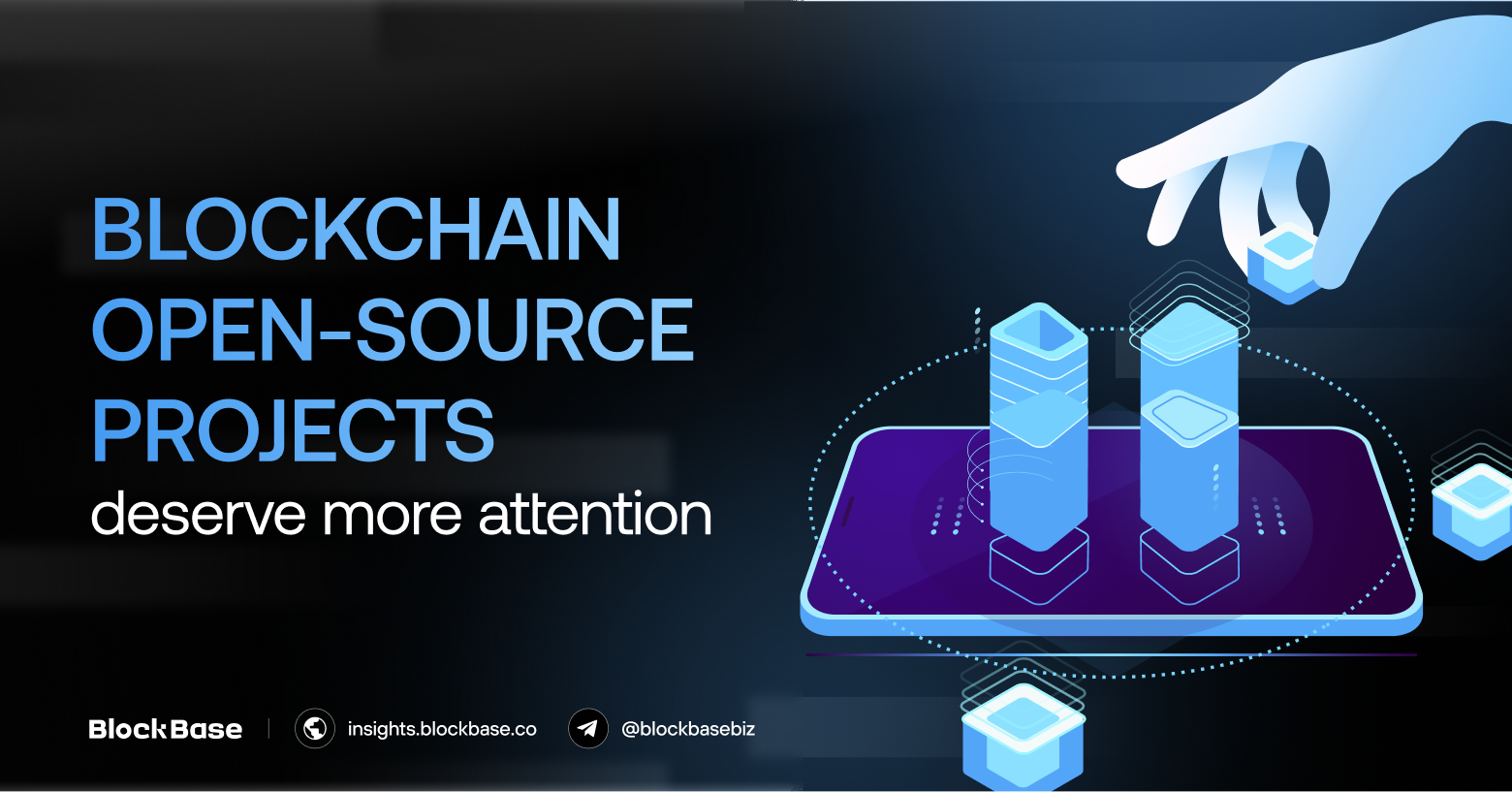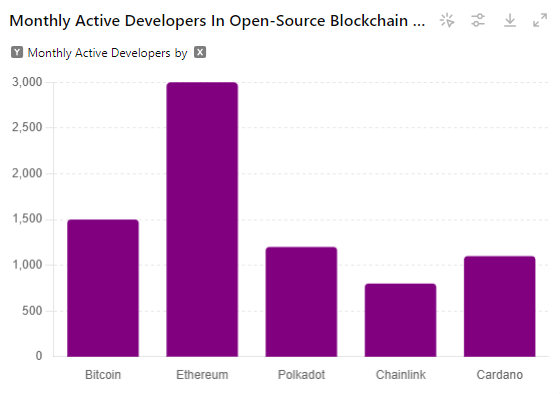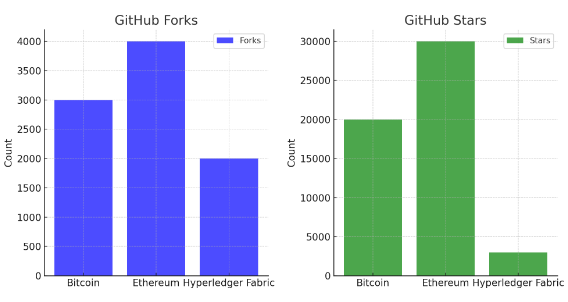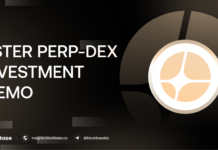1. What is open-source?
Open-source technology makes source code freely accessible for public use and innovation, allowing single software to serve as a foundation for numerous innovations, creating a technological ecosystem.
Contrary to popular belief, open-source technology has existed since the Internet’s inception, built on open-source software. As the Internet grew, Internet Service Providers (ISPs) recognized its profit potential and began monetizing their services by making their software proprietary.
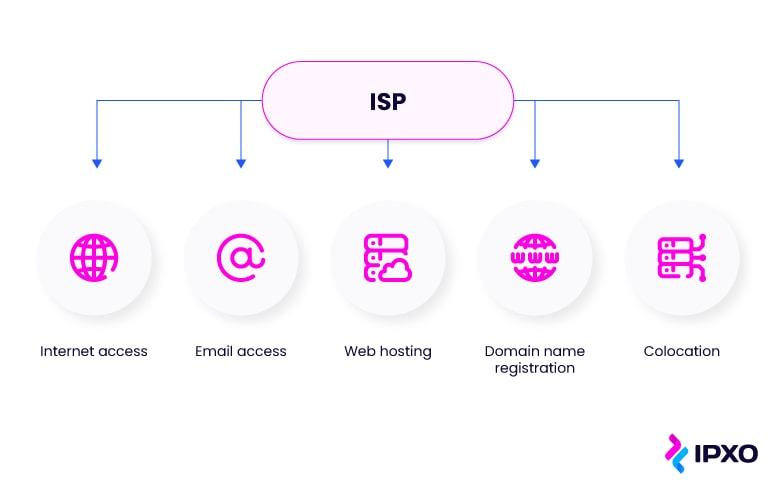
This shift locked users into single providers, allowing ISPs to control and disable services. This restriction hindered developers from innovating or building on existing services, leading to less innovation and a poorer user experience.
2. Open-source in the context of the blockchain industry
The advent of blockchain technology significantly disrupted traditional systems due to its open-source (permissionless) nature, allowing anyone to analyze and build upon it.
More importantly, blockchain enables a fully autonomous value transfer system, serving as a foundation for countless applications. Ethereum exemplifies this by using smart contracts to create the entire DeFi industry, where developers utilized Ethereum’s code to develop and monetize new functions.
This open-source blockchains and software integration marks a broader shift towards Web3 and decentralization, distributing service access and reducing dependence on central entities.
- Collaboration and Innovation: Collaboration is crucial in the realm of open-source blockchain technology. By uniting diverse perspectives and skills, developers can share ideas and build on existing technologies. This collaborative approach drives innovation, leading to groundbreaking solutions like smart contracts, which automate processes such as ID verification and supply chain management.
- Accessibility and Adoption: The open-source nature of blockchain projects enhances accessibility and adoption. By allowing anyone to contribute and build on technology, these platforms democratize access to advanced solutions, fostering growth and development.
3. The biggest challenge: Sustainable funding mechanism
3.1. Funding challenge in open-source projects
Ensuring a consistent and reliable source of financial support is critical for the long-term success and maintenance of open-source projects. Without sustainable funding, projects can struggle to attract and retain developers, maintain infrastructure, and innovate.
Key aspects of the sustainable funding challenge include:
- Attracting Donors and Sponsors: Relying on donations and sponsorships can be unpredictable, and securing long-term commitments from donors and sponsors is often challenging.
- Monetization Strategies: Develop effective monetization strategies that do not alienate the community or compromise the open-source ethos.
- Grant Dependency: Grants can provide significant support but are often limited in duration and scope, making it difficult to plan for the long term.
- Community Contributions: While community contributions are valuable, they are often voluntary and can be inconsistent, making it hard to rely solely on this source of support.
- Balancing Commercial Interests: Finding the right balance between commercial interests and maintaining the project’s open-source nature to ensure it remains accessible and beneficial to the community.
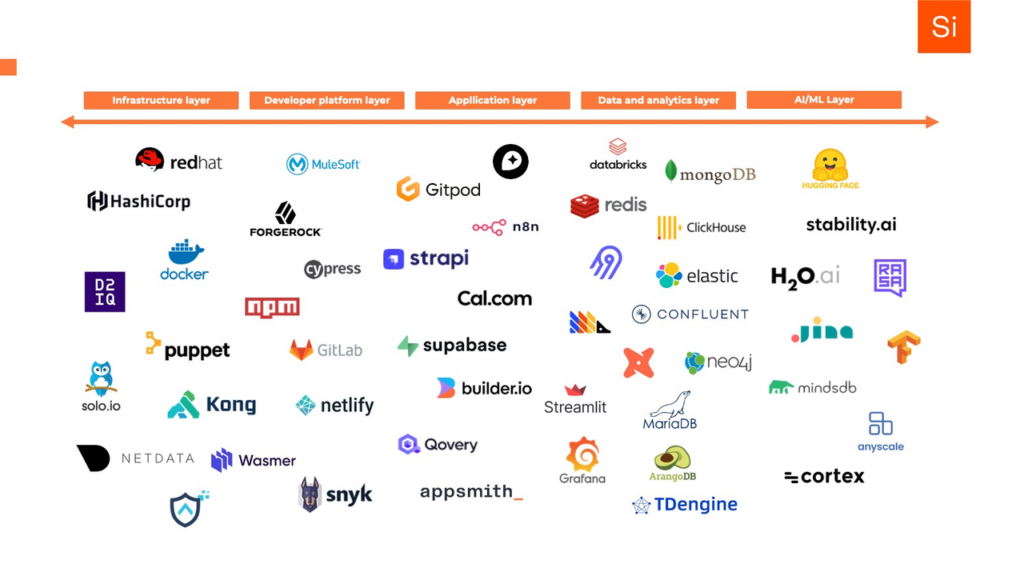
3.2. Funding mechanism in blockchain open-source landscape
On the other hand, open-source blockchain projects employ a variety of revenue models, from token sales and transaction fees to consulting services and strategic partnerships. These diverse funding mechanisms enable them to sustain development, support their communities, and innovate while adhering to open-source principles.
- Token Sales: open-source blockchain projects often raise funds through token sales. ICOs allow these projects to sell their tokens in exchange for established cryptocurrencies like Bitcoin or Ethereum. Continuous token sales or airdrops, like those conducted by projects such as Polkadot, help distribute tokens and fund ongoing development.
- Transaction Fees: Many blockchain networks generate revenue through transaction fees paid by users. For instance, Ethereum charges gas fees for executing transactions and running smart contracts on its platform. These fees not only incentivize miners or validators to secure the network but also fund the network’s maintenance and development.
- Staking and Validator Rewards: Projects using PoS mechanisms generate revenue through staking and validator rewards. In Polkadot, users stake DOT tokens, and validators earn rewards for securing the network.
- Grants and Donations: Open-source blockchain projects often receive grants and donations from foundations and the community. The Ethereum Foundation provides grants to developers working on the Ethereum ecosystem. Additionally, Bitcoin development is supported through community donations and grants from organizations like the Human Rights Foundation and Square Crypto.
- Consulting and Support Services: Blockchain projects also offer consulting and support services to generate revenue. Hyperledger provides consulting services to enterprises looking to implement blockchain solutions. These services include technical support, development assistance, and integration solutions tailored to the specific needs of businesses.
- Partnerships and Sponsorships: Collaborations with other companies and organizations can provide significant funding for blockchain projects. For example, Chainlink has formed partnerships with various companies to integrate its decentralized Oracle services.
- Ecosystem Funds and Bounties: Blockchain projects often allocate a portion of their initial token supply to create ecosystem funds and bounties. Chainlink uses an ecosystem fund to support development and incentivize contributions from developers. Bounties for specific tasks or improvements encourage community participation and continuous innovation within the project.
4. Blockchain open-source projects deserve more attention
Conversely, open-source solutions in technology in general, and blockchain specifically, are still underfunded. These projects, despite offering long-term value and promoting sustainable development for the blockchain ecosystem, do not receive adequate attention from investors.
They often receive limited investment due to their lack of immediate profitability. Vitalik has repeatedly criticized investors for “favoring” speculative platforms and assets (the casino) over developing products that genuinely benefit the overall blockchain ecosystem.
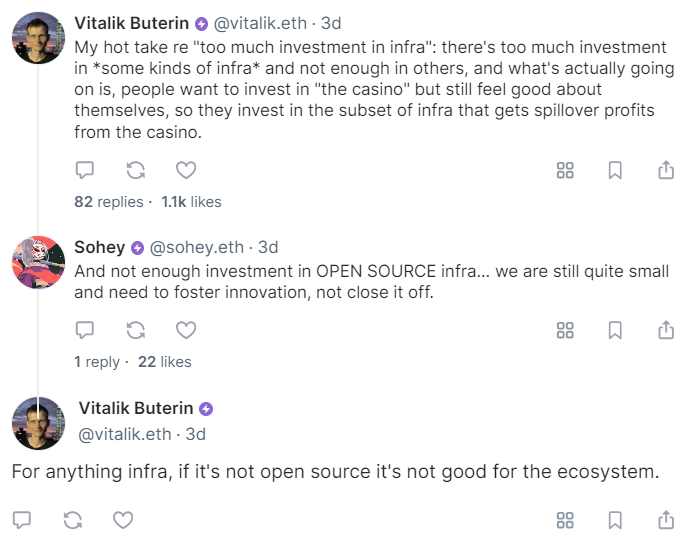
Besides, it is observed that the open-source community is still relatively small and needs investment to drive innovation.
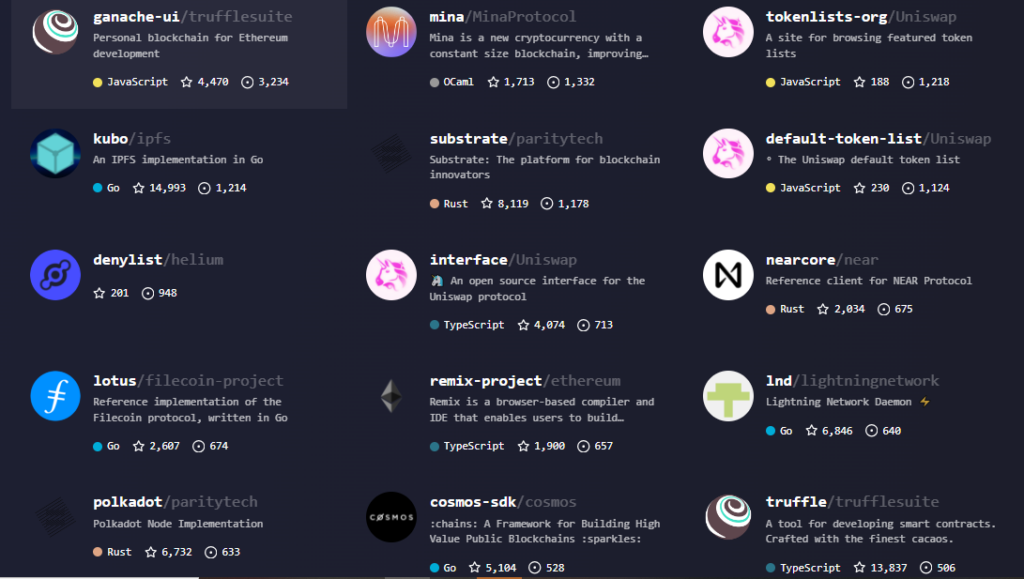
Vitalik also emphasizes the necessity of balancing incentive-driven strategies with community-focused initiatives. While large-scale public goods funding and cooperative efforts within the Ethereum ecosystem represent steps in this direction, there remains significant potential for further development and enhancement.
“There is a unique mix of valuing a warm and cohesive community, but at the same time remembering that what feels “warm and cohesive” from the inside can easily feel “oppressive and exclusive” from the outside, and valuing hard norms of neutrality, open source, and censorship resistance as a way of guarding against the risks of going too far in being community-driven.”- Vitalik
Investment in infrastructure is always beneficial, but it must be balanced across various types of infrastructure to be effective.
The information provided in this article is for reference only and should not be taken as investment advice. All investment decisions should be based on thorough research and personal evaluation.


